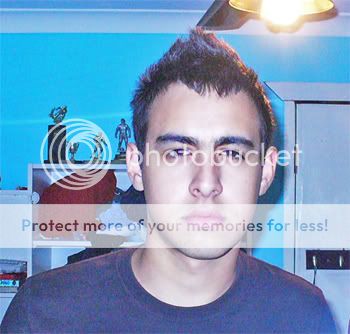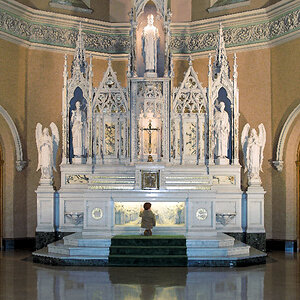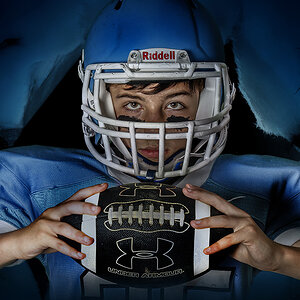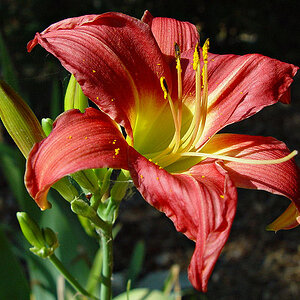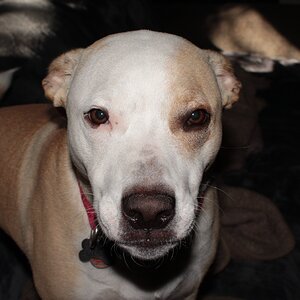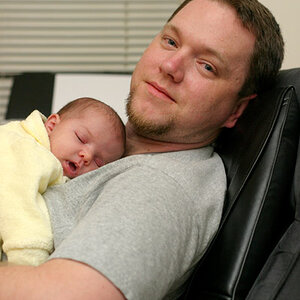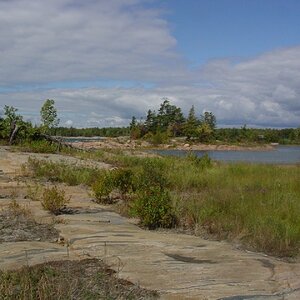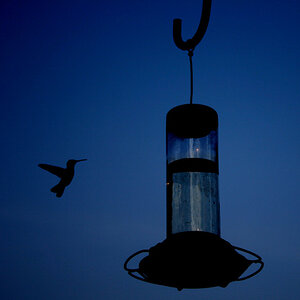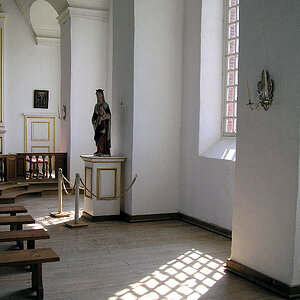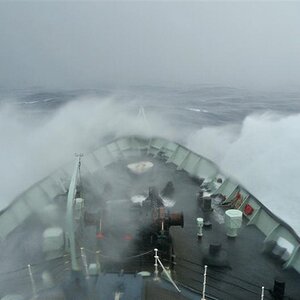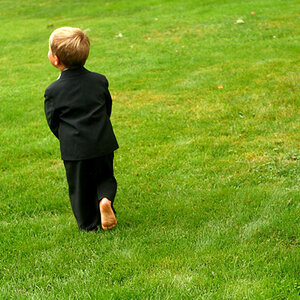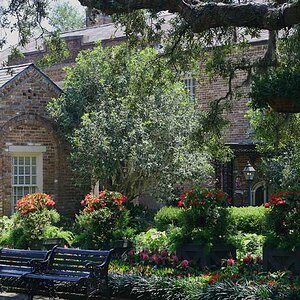Ok, quite a different topic at hand this one, but still relevant. im new to photography, and have borrowed my friends nikon d50 for the week to play around with it and see what its like using a dslr.
Decided to take a few self portraits of myself and couldnt help but notice that every picture i took just didnt look like the real me. i took shots a variety of shots and still just didnt look natural, even normal enough. For some reason my face looks fatter, unproportional, my nose looks bigger and face generally looks more dull & uncharacteristic to what i see in the mirror. i used my standard consumer panasonic lumix digital camera and same sort of thing. Thinking this is what i really look like i asked family what they thought and most of them agreed "you can take better shots than that"
So im asking you good forum users, is there techniques, tips, tricks that i can make to get proper, natural self portraits. i know that when it comes to photography theres an endless amount of variables in what can make a good photo, but there must be a common technique in how to get that proper shot.
anyhow thanks for reading my rant, any help is much appreciated. Thanks guys!
Decided to take a few self portraits of myself and couldnt help but notice that every picture i took just didnt look like the real me. i took shots a variety of shots and still just didnt look natural, even normal enough. For some reason my face looks fatter, unproportional, my nose looks bigger and face generally looks more dull & uncharacteristic to what i see in the mirror. i used my standard consumer panasonic lumix digital camera and same sort of thing. Thinking this is what i really look like i asked family what they thought and most of them agreed "you can take better shots than that"
So im asking you good forum users, is there techniques, tips, tricks that i can make to get proper, natural self portraits. i know that when it comes to photography theres an endless amount of variables in what can make a good photo, but there must be a common technique in how to get that proper shot.
anyhow thanks for reading my rant, any help is much appreciated. Thanks guys!





